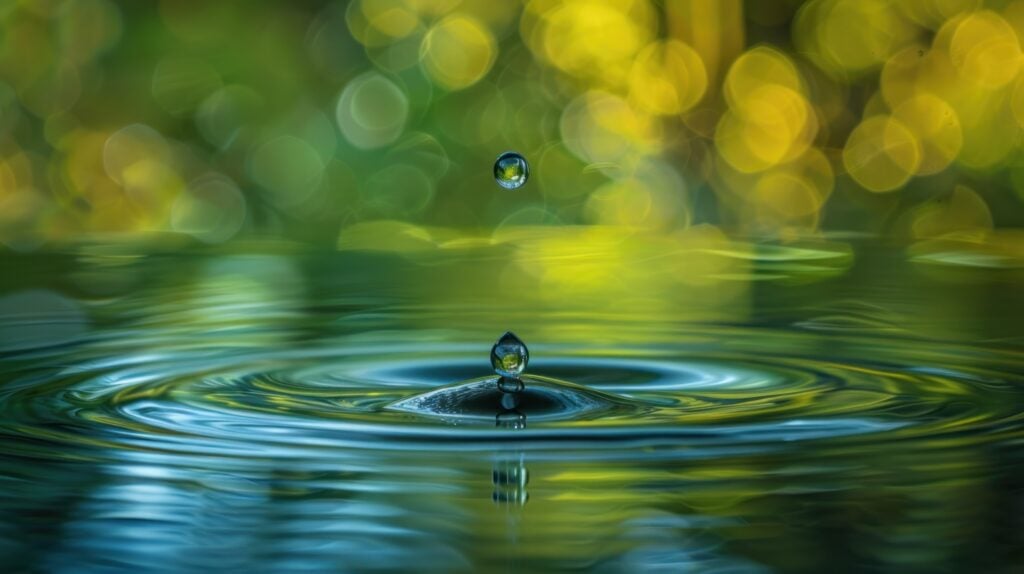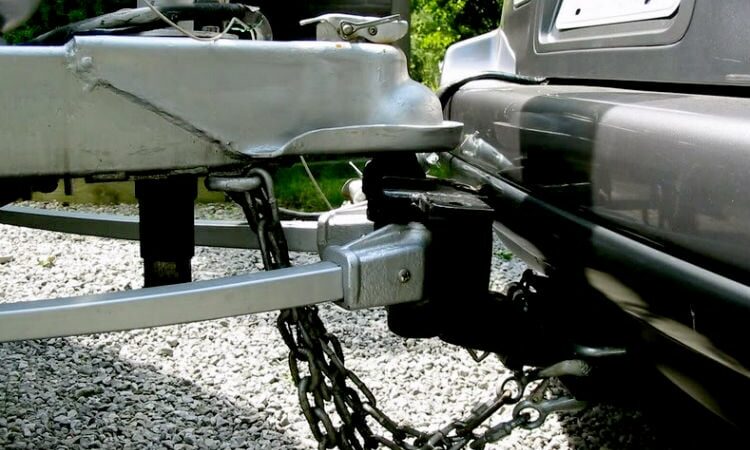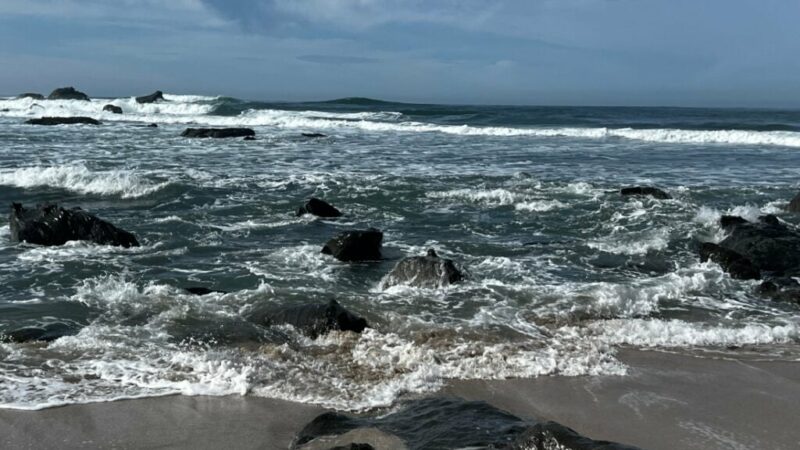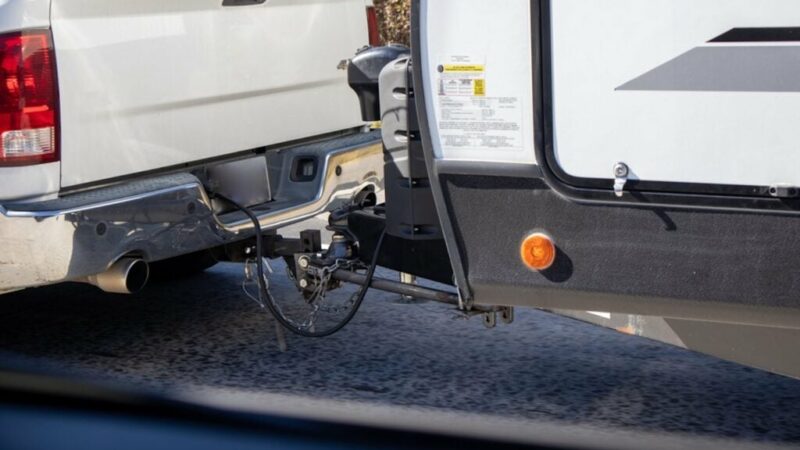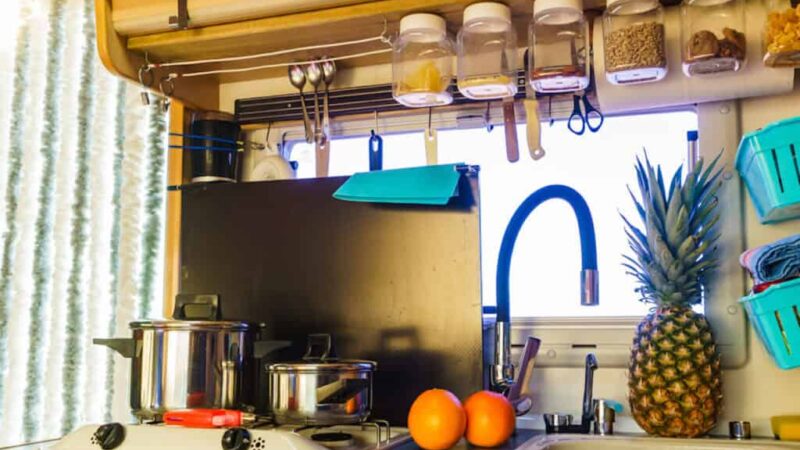Atmospheric Water Generators For RVs: Pulling Water From Thin Air
Atmospheric Water Generators: Could They Change RV Life as We Know It?
Water is essential to life. Every living thing on the planet requires it. As humans, we require a minimum of 3 gallons of water per day, just to sustain our daily lives, and that’s just for consumption and bathing. As RVers, access to potable water has always been a determining factor in where we can camp and how long we can stay stay there without pulling up stakes to refill the freshwater tank. With growing availability for RVs, atmospheric water generators promise to change that.
Rooftop RV Atmospheric water generators (AWGs) use a vehicle’s 12-volt power system to create up to 7 gallons of clean, safe water every 24 hours, piping it into the RV to its own water treatment plant. But rooftop units aren’t the only way to create water from the air. Countertop AWGs can create up to 3 gallons of pure water using 110-volt AC power supply. These units are a little bigger than a coffee machine, and similar in appearance, but they house a complex process that draws water from the air, and into the unit’s complex water purification system.
How Do AWGs Work?
Atmospheric water generators work by collecting humidity from the air. Now, If you’re thinking “that sounds about the same as what a dehumidifier does,” you’d be correct. However, there are some key differences between a dehumidifier and an AWG.
A dehumidifier collects water in the same way as an AWG. However, the key difference is that untreated water from a dehumidifier can have particulate, heavy metals, bacteria, and viruses in it. It’s not safe to drink. An AWG further processes the water by adding minerals and getting rid of all the impurities in it
A AWG draws in air to a heat exchange and cooling process that brings the air to its dew point, which is the temperature where condensation occurs and water is created. That water goes to a water treatment unit that filters it through multiple filters and then sanitizes it with UV lights. After that, it’s safe to drink and is sent into a storage tank to be used as needed.
Take Your Pick of Power Sources
Watergen is currently the only company that produces 12-volt AWGs. The Watergen On Board AWG is an RV-specific Atmospheric water generator that uses the RV’s 12-volt power system to create up to 7 gallons of clean, safe water every 24 hours. Watergen also produces a portable AWG called the Watergen Mobile Box that can produce up to 7 gallons of fresh potable water everywhere you go. This could be a handy option for those who a bottled water alternative for both the RV and at home. One of the biggest advantages of both of these units is that you can power it via your off grid solar power system.
Other AWG options include countertop models made by multiple companies that that are capable of creating 3–5 gallons of drinkable water per day. These units are a little bigger than a coffee machine,and very similar in appearance but require 110 Volt power. However, if your RV’s solar package includes more than 400 watts of solar panels and an inverter, this could be a viable addition to your off-grid setup.
Two Countertop Atmospheric Water Generators
AWG Pros
- Off-grid potable water access wherever you are
- Could eliminate the need to carry water in the RV
- A countertop unit inside the RV reduces humidity in the RV, transforming it into safe drinking water
- Some AWGs can be powered with 12-volt DC power with a solar-power supply
- You get fresh, clean water without the associated plastic waste of bottled water
AWG Cons
- Needs a minimum of 35% ambient humidity to operate
- Priced between $1,500 and $15,000, AWGs aren’t inexpensive
- Power consumption ranges between 300 watts and 600 watts
- Countertop models require access to AC power. If you’re using a generator you’ll use a lot more fuel that the relatively slow water production can justify.
RVs With Built-in AWGs
Those who want a luxurious RV that’s fully prepped to go off grid for extended periods will love that there are now two RV companies that kit out certain models with Watergen On Board atmospheric water generators.
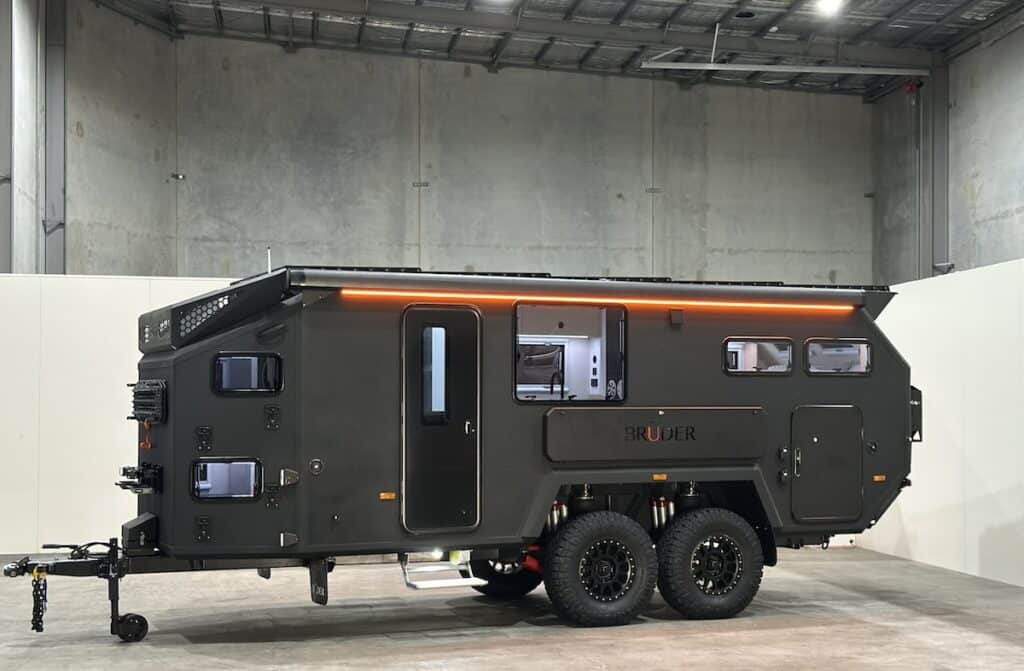
Bruder EXP10 Overland Trailer
Bruder is well known among the overlanding crowd for producing fully off-grid ready yet extremely luxurious overlanding trailers. With that said, Bruder currently includes built-in Watergen AWGs in the Bruder EXP 10 overlanding trailer, in addition to a host of off-grid amenities designed to keep you comfortable for extended and extreme boondocking adventures.
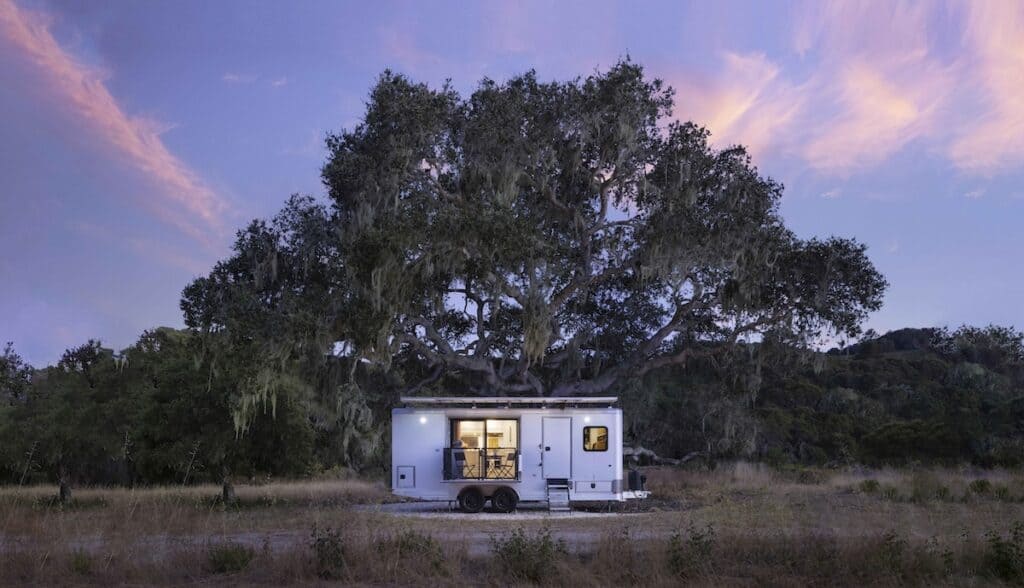
Living Vehicle
Living Vehicle specializes in sustainably built, self contained RVs that let you live anywhere without having to connect to services. In keeping with this, 3 of the available trim levels in Living Vehicle’s lineup of luxuriously self-sufficient trailer models feature built-in Watergen On Board atmospheric water generators. Click here to learn more about Living Vehicle RVs.
Further Thoughts on Atmospheric Water Generators For RVs
There’s little doubt that atmospheric water generator technology has the potential to be a game-changer for the RV lifestyle. Imagine being able to boondock and not being concerned about running out of water. With that said, Atmospheric Water Generators for RVs are an evolving technology that have a lot of promise.
However, with few competitors to drive that evolution, there are still relatively few AWGs on the market. Not only that, but the ones that are available are priced prohibitively high for both the RV industry’s key players and the average consumer. As an example, the price of a countertop atmospheric water generator starts at about $1,600. Meanwhile the Watergen mobile box is expected to come on the market in early 2026 at close to $4,800.
In conjunction with the increasing scarcity of potable water, the ever increasing popularity of boondocking could drive demand for AWGs. This could be what it takes to pique the interest of enough manufacturers to create the kind of competitive environment that drives technological advances while bringing prices down. We might even see more RVs that have an AWG as a standard feature in the near future.
The post Atmospheric Water Generators For RVs: Pulling Water From Thin Air appeared first on RV LIFE.
Source: https://rvlife.com/atmospheric-water-generators-for-rvs-pulling-water-from-thin-air/

